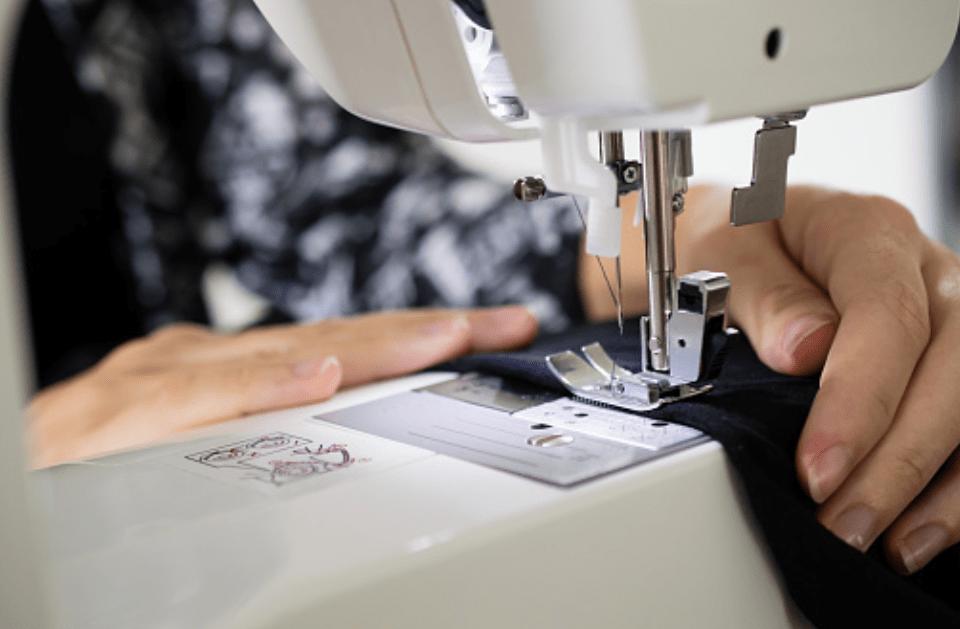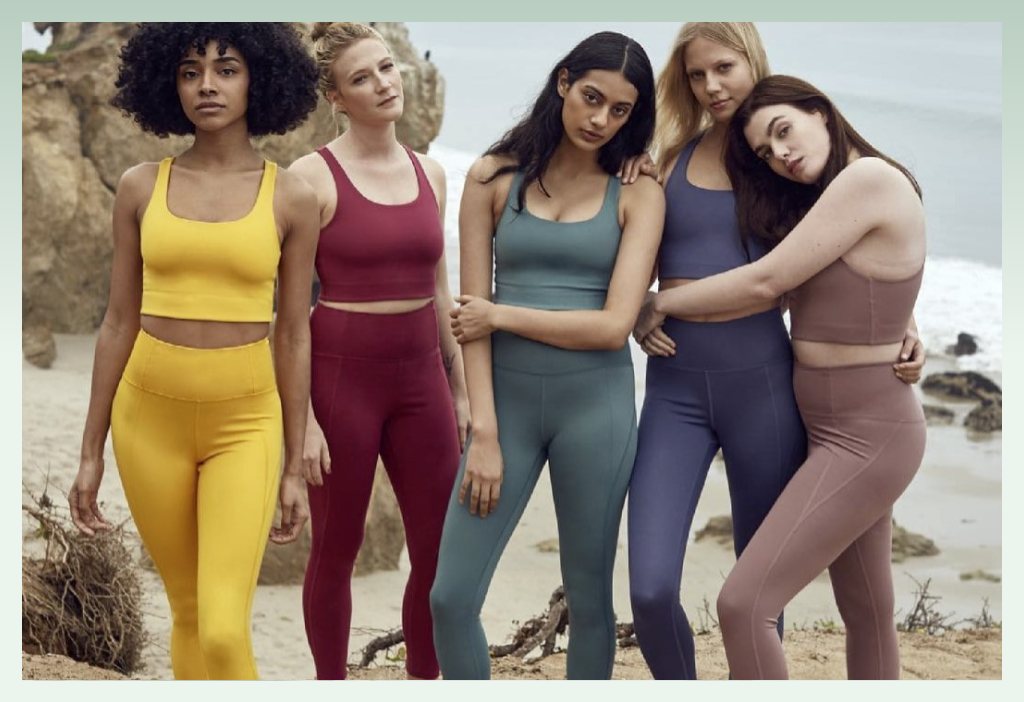July is the pivot point when brands begin preparing holiday apparel. As a supplier, I’ve seen buyers scramble when they underestimate lead times or miss trend shifts. With proactive planning, you can secure fabrics, align production, and hit shelves by October—and avoid the nightmare of delayed shipments.
Starting your 2025 Christmas production in July gives you time to forecast trends, choose sustainable fabrics, plan milestones, and execute marketing-ready launches. Early planning ensures sample approvals, MOQ management, and smooth bulk production—crucial for quality, cost control, and on-time delivery.
Let’s walk through the six key phases from July kickoff to holiday success.
1. Why Is July the Ideal Time to Kick Off Holiday Apparel Planning?
Brands must respect the fashion calendar—prepping holiday lines in July ensures production and delivery by October.
Holiday collections need final designs by July to allow time for sampling, fabric sourcing, bulk production, and shipping. Factories often book out after August, so starting early protects deadlines and ensures product readiness before peak selling season.
July marks the start of the production window for holiday lines. Here’s why acting now matters:
- Sampling takes time: Rapid prototyping (samples, size sets) can take 2 weeks.
- Fabric sourcing: Organic cotton/hemp blends may require 4-6 weeks to mill and deliver.
- Bulk runs: Factories often book out in late summer; production delays push delivery into November or beyond.
- Shipping logistics: Sea freight to major markets takes 25–40 days; air freight is faster but costlier.
- Quality control: Inspections and in-line audits add 1–2 weeks.
Example calendar
| Phase | Timeline |
|---|---|
| Design finalization | July 1–7 |
| Fabric sampling | July 1–July 15 |
| Bulk production | July 15–October 5 |
| QC & packing | October 5–10 |
| Shipping | October 11–20 |
Start in July to ensure materials, production, and shipping align—and leave room for hiccups.
2. How Do You Forecast Seasonal Trends for 2025 Holiday Styles?
Understanding consumer mindset—especially Gen Z’s—is key to designing seasonal hits.
Gen Z favors sustainable, personalized, social-media-savvy fashion. Trends for 2025 include maximalist “chaotic customization” patterns, heritage-inspired minimalism, and “underconsumption” luxury—pieces built to last and delight.
Gen Z and millennials are reshaping holiday styles. Key trends:
- Chaotic customization: Layered embellishments, DIY charms—great for modular holiday pieces.
- Underconsumption core: Buy fewer, higher-quality items—a trend gaining momentum in family gift-buying.
- Heritage & nostalgia: Expect heritage embroidery—Chinese motifs or Y2K-inspired graphics for culturally meaningful holiday gifts.
- Tech-infused fashion: Think reflective trims or interactive prints that photograph beautifully for social feeds.
Tip for buyers: gather trend boards by July start—align designs with consumer mood and socials.
3. Which Sustainable Holiday Fabrics Should You Choose?
Focus on fabrics that feel luxurious, photograph beautifully, and support eco-conscious buyers.
Prioritize organic cotton, hemp, and bamboo blends certified by GOTS or OEKO-TEX. These materials offer cozy weight, durability, and soft hand-feel—perfect for premium holiday tees, sweaters, or festive loungewear, while aligning with sustainability demands.
Holiday collections need fabrics that balance comfort with structure:
- Organic cotton fleeces: warm, cozy, reliable for sweatshirts and hoodies.
- Hemp-cotton blends: durable and textured—ideal for relaxed holiday pants or cozy shirts.
- Bamboo blends: silky and breathable—perfect for layering pieces or loungewear.
Certifications are essential—request lab reports and OEKO-TEX labels. Provide fabric swatches to ensure feel and weight match holiday positioning. Use July to place textile orders—delays now push everything later.
4. How Do You Manage Supply Chain Planning: Lead Times & MOQ Deadlines?
Clear production timelines and orders ensure deadlines are actually met.
Outline concrete milestones—for samples, fabric orders, bulk runs, and shipping. Coordinate ORDER deadlines with MOQ needs and factory capacities to avoid delays and higher costs.
To stay on schedule, implement a backward planning model:
- Sample deadlines: Samples complete by mid-July, allowing revision cycles.
- Bulk order cut-off: Place orders mid-August to secure capacity before Q4 rush.
- MOQ alignment: Adjust designs to meet supplier MOQs or bundle styles for efficiency.
- Confirmation schedules: Freeze tech packs by mid-July; finalize trims, colorways, labels.
- Shipping windows: Sea shipment booking by early September; use air if needed, with buffer.
Check-ins: Hold weekly reviews from July to October. Include contingencies—10% buffer for sudden supplier backlog or logistics issues.
5. How Can Brands Monitor Bulk Production Progress?
Active oversight reduces risk and ensures delivery stays on schedule.
Track bulk production via factory check-ins, third-party inspections, and material readiness checks. Confirm on-site progress by mid-September and pre-shipment sample approval—vital to prevent last-minute defects or delays.
July kickoff must flow through to quality control:
- Weekly factory updates: week-by-week garment count, fabric inventory status.
- Mid-production inspections: schedule QC visits around 30–40% completion.
- On-site labs: test shrinkage, color consistency, seam quality.
- Pre-shipment approval: allow 5–7 days buffer for corrections.
- Shipping coordination: finalize labels, packaging specs, HS codes, customs docs early.
These actions ensure production problems are caught early—saving time and money.
6. What’s the Marketing & Launch Timeline?
Plan your go-to-market steps early—photoshoots, campaigns, and launch must align with delivery.
Align your tech-packs, sample approvals, product photography, and marketing campaigns on a timeline from August to October. Launching in early October captures peak holiday interest, ensures inventory readiness, and builds buzz across channels.
Marketing must sync with production:
- August: Finalize tech-packs and start sample approvals; begin shoot scheduling.
- September: Approve photos, create landing pages, prep AR assets/QR label storytelling.
- Early October: Launch on D2C platforms, promote via social channels, Alibaba exhibitions—all timed for holiday shopping peaks.
Include QR tags linking to origin story or care tips. Prep email campaigns, gift guides, and offer pre-orders for limited-run eco-fabrics to build anticipation.
Conclusion
Starting holiday apparel production in July gives your brand control—over materials, timelines, quality, and marketing. By planning trends, fabrics, logistics, and campaigns now, you can deliver a compelling, sustainable collection in time for peak holiday buying and avoid rushed mistakes.





